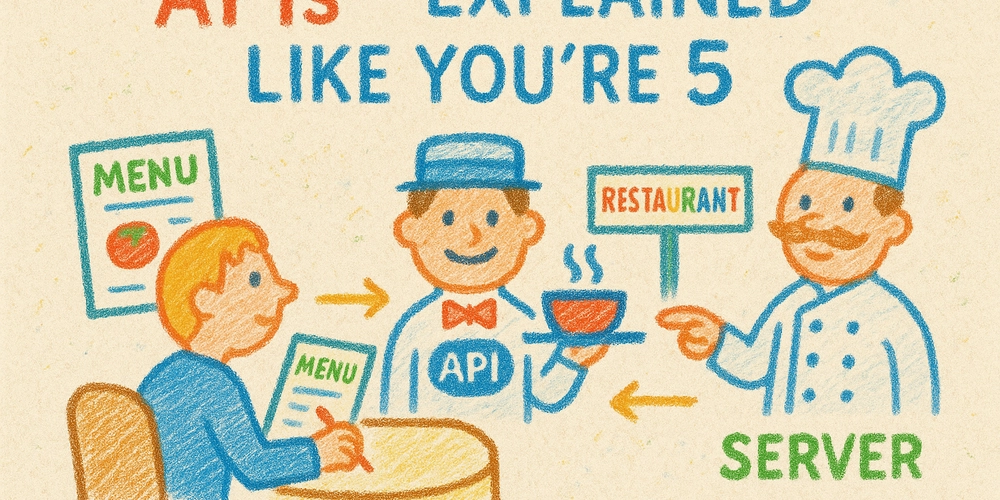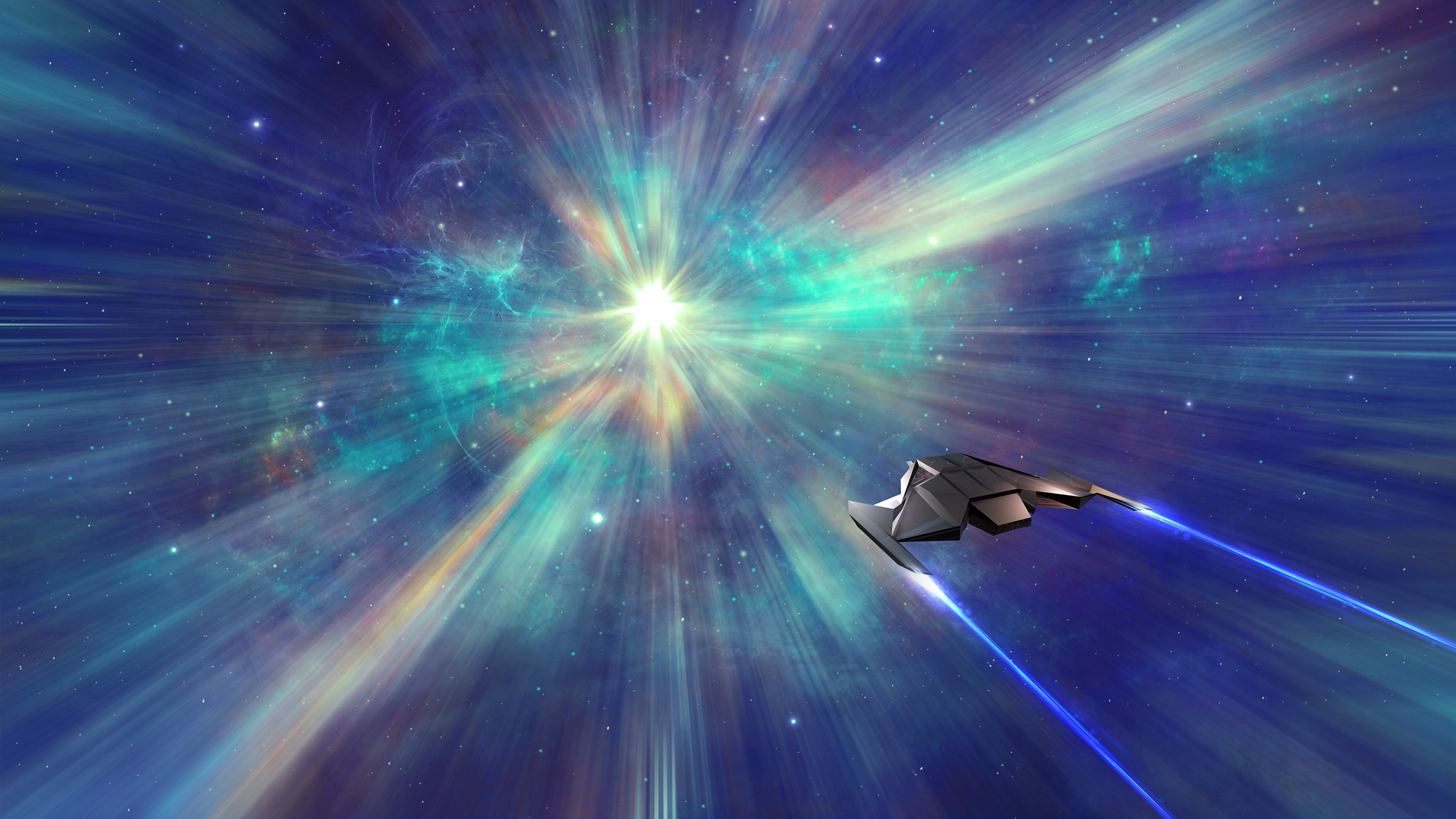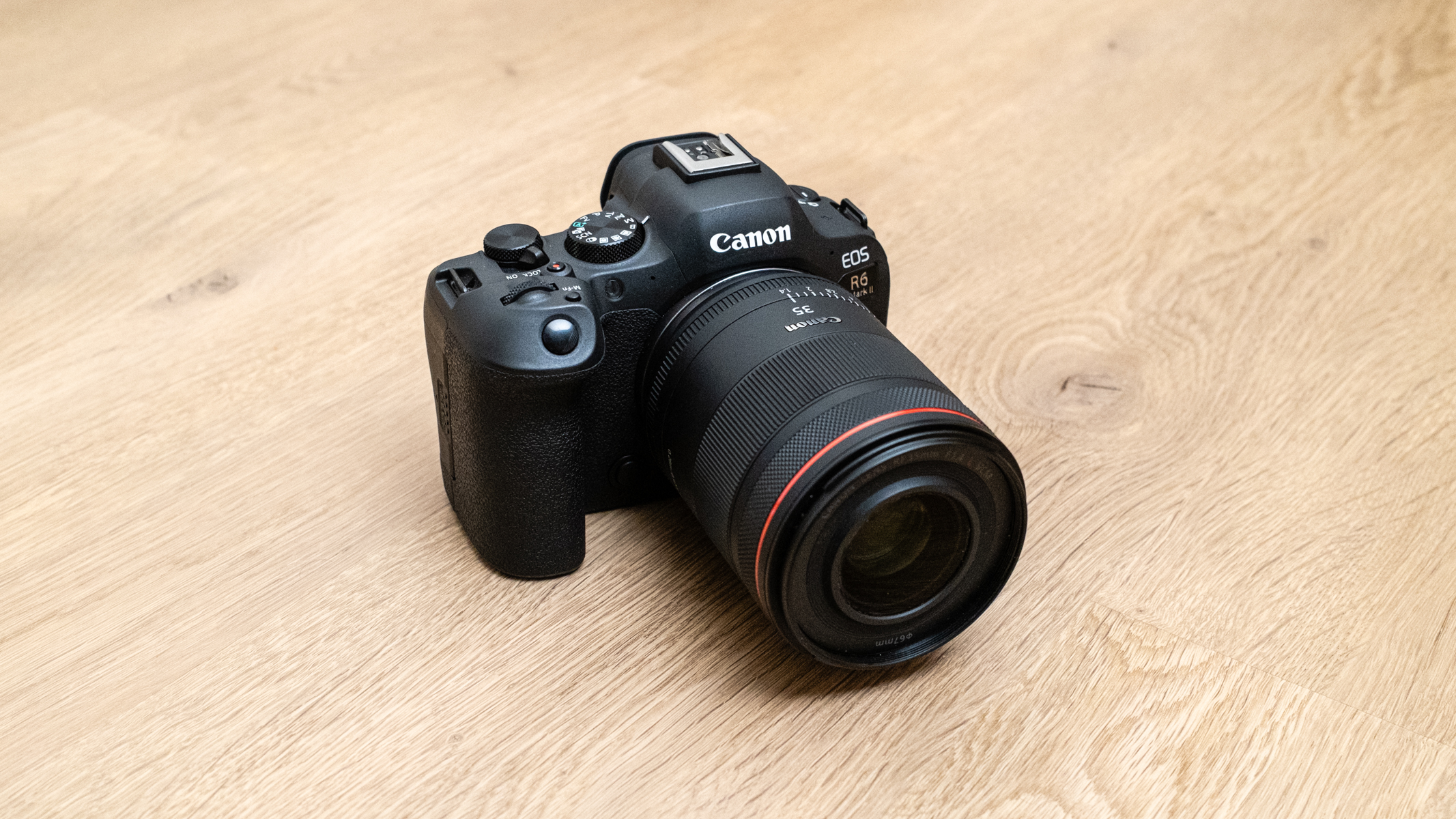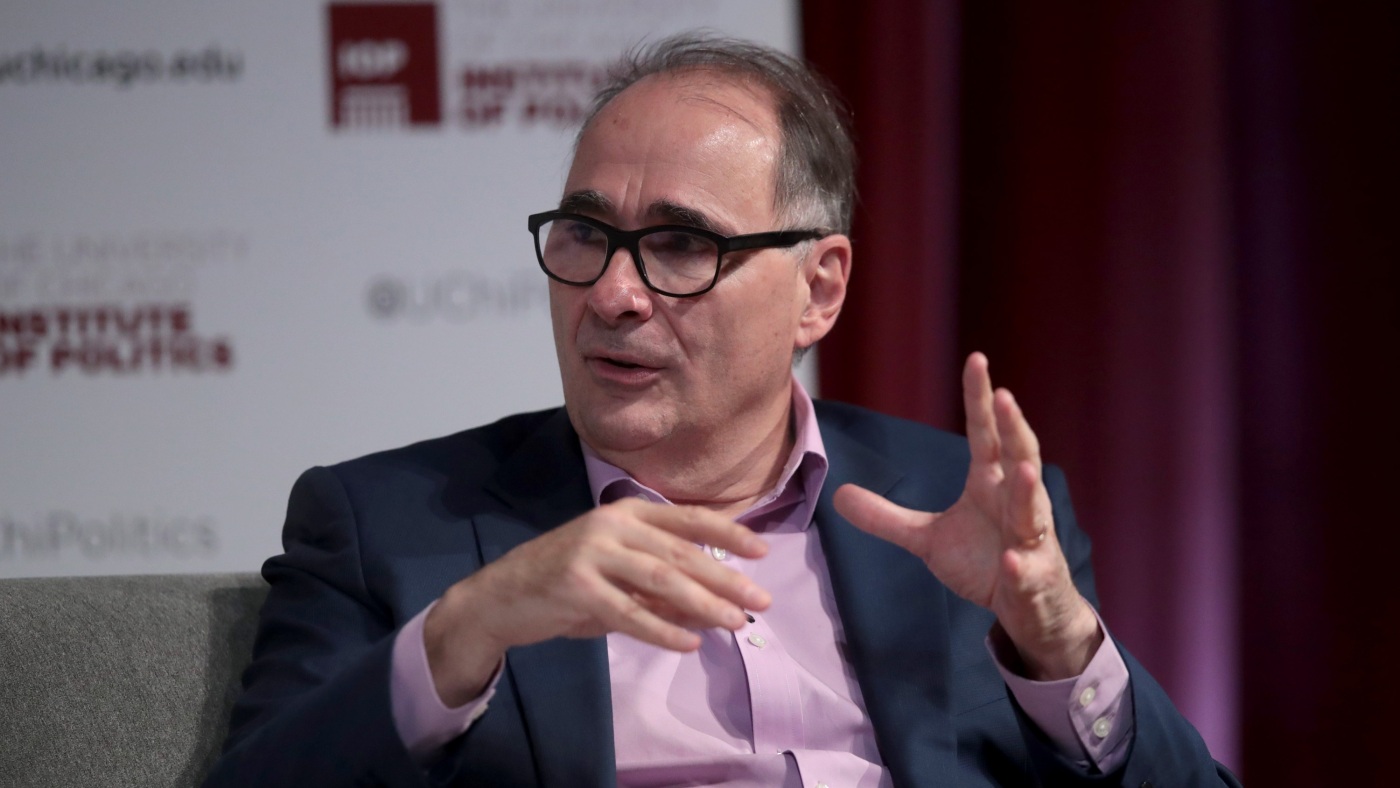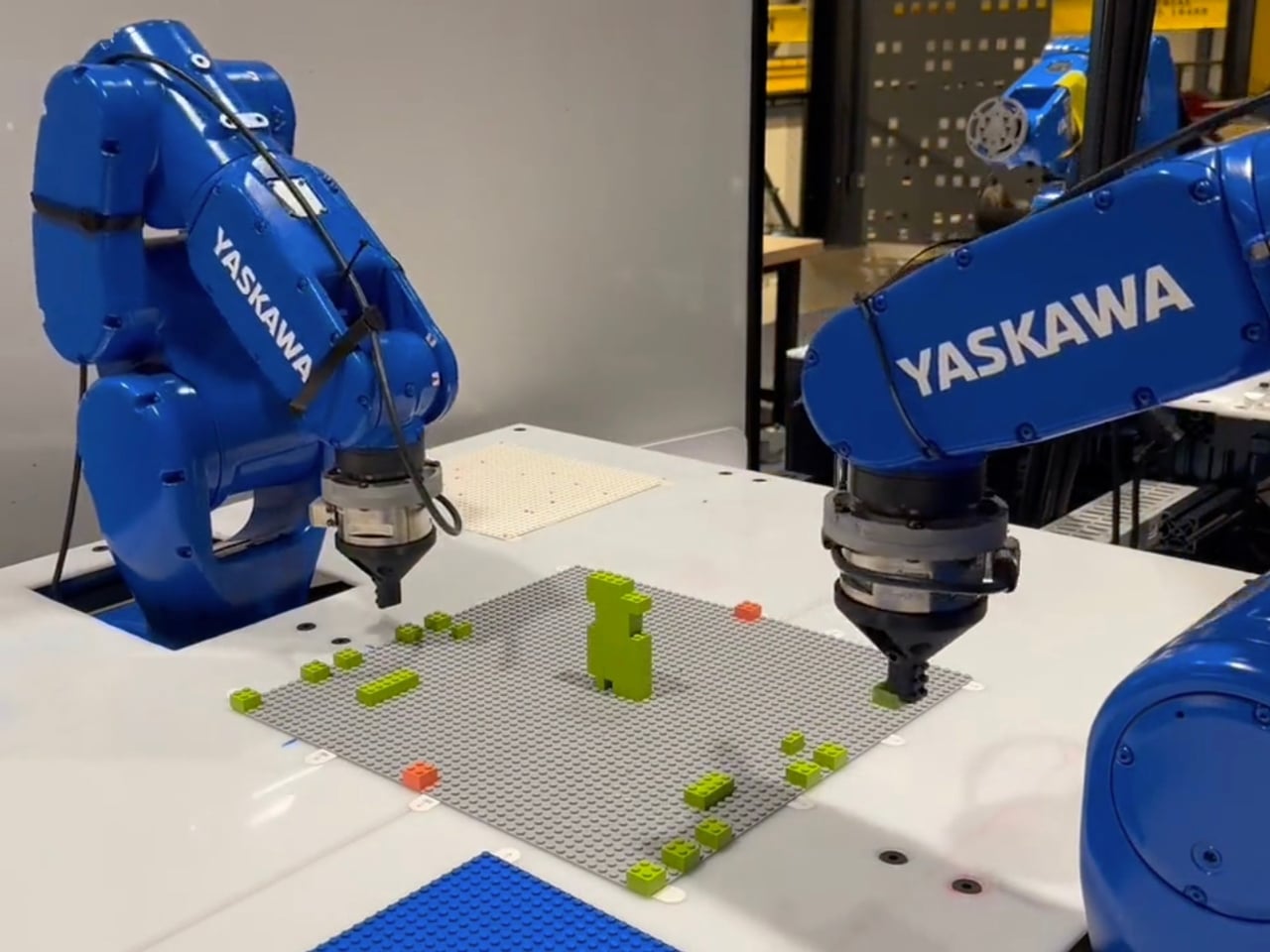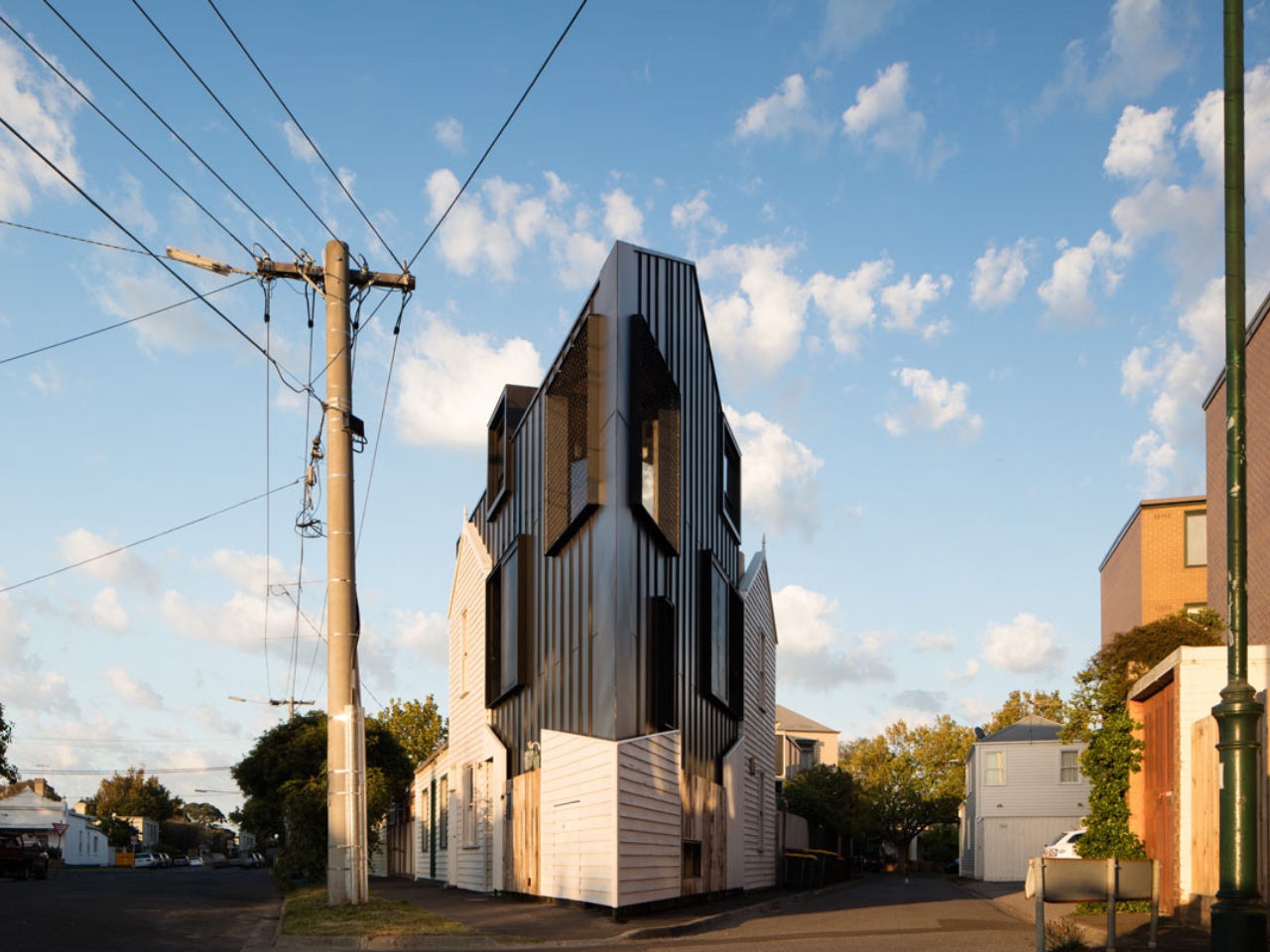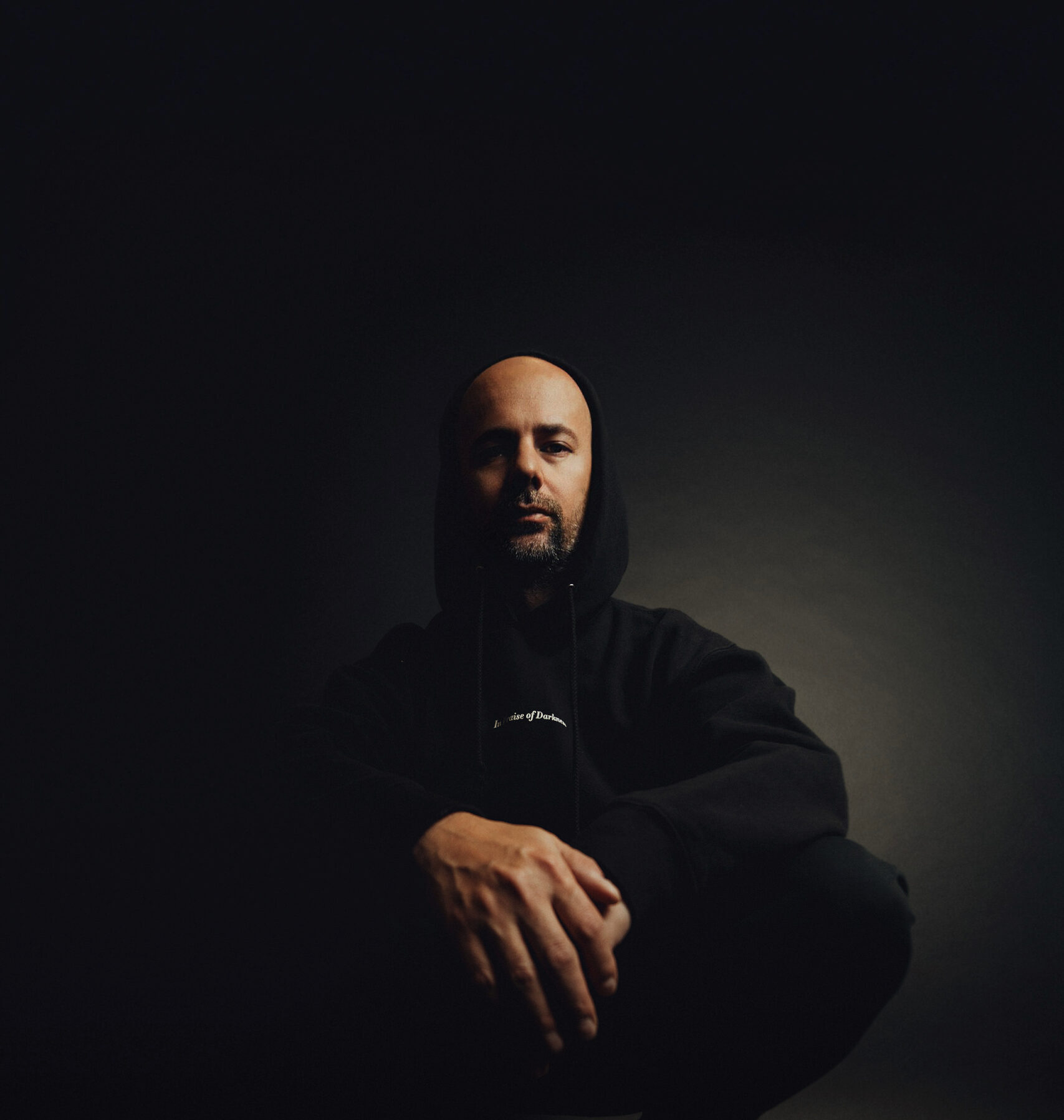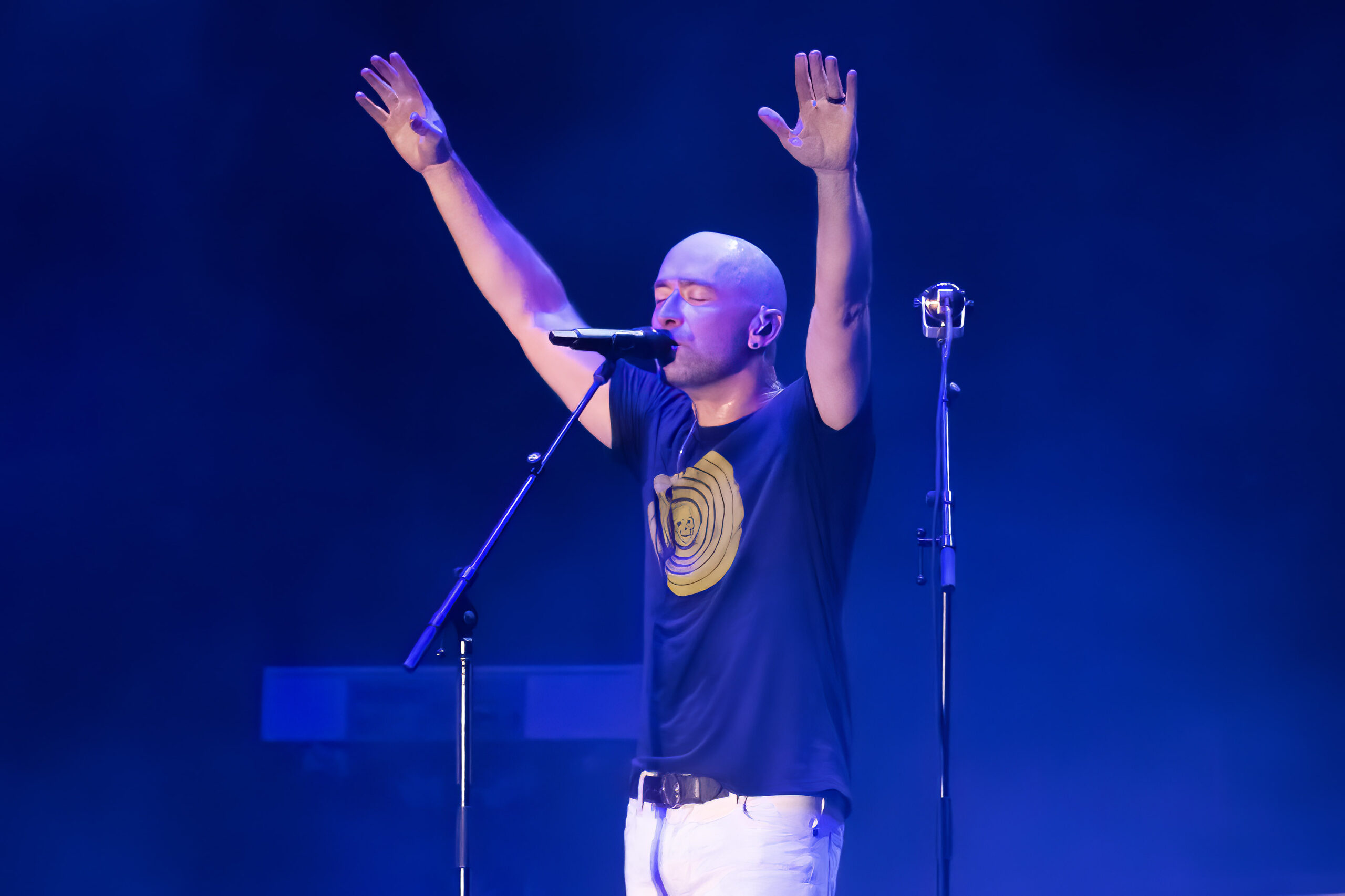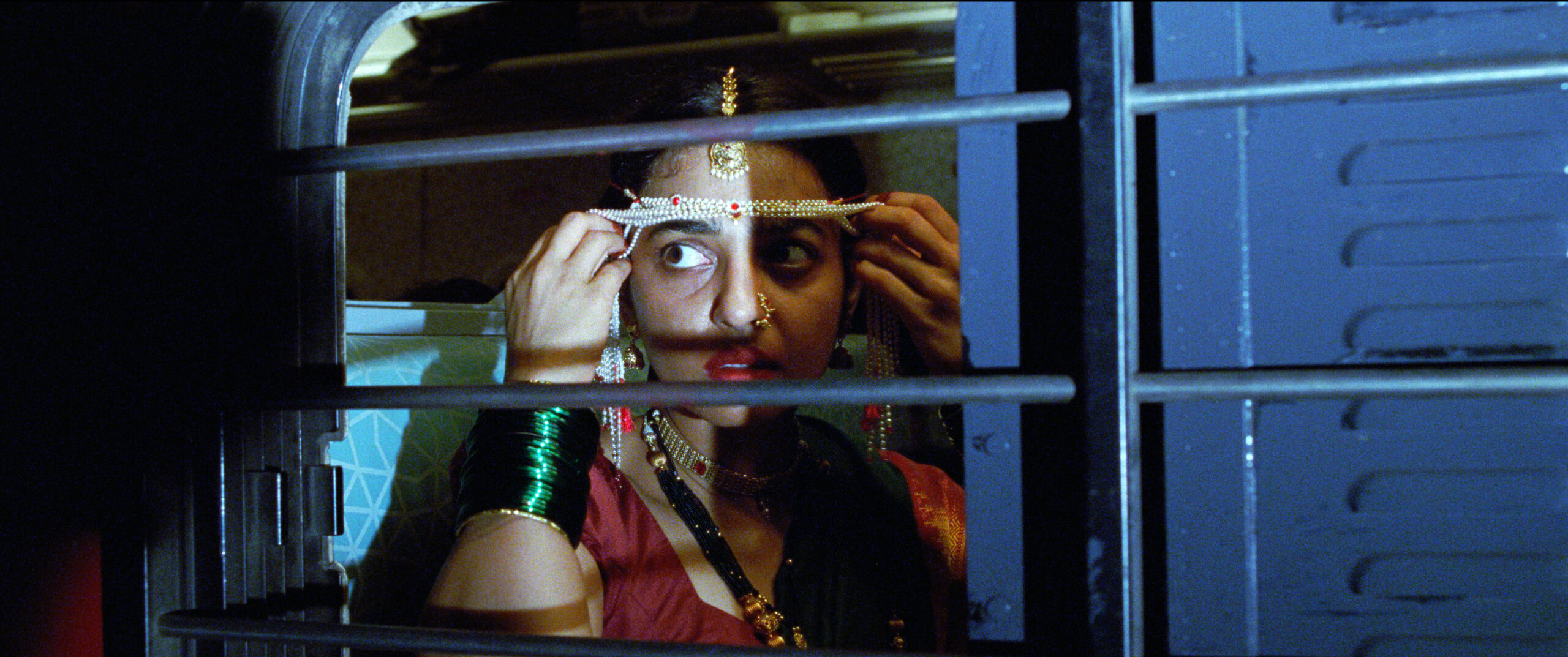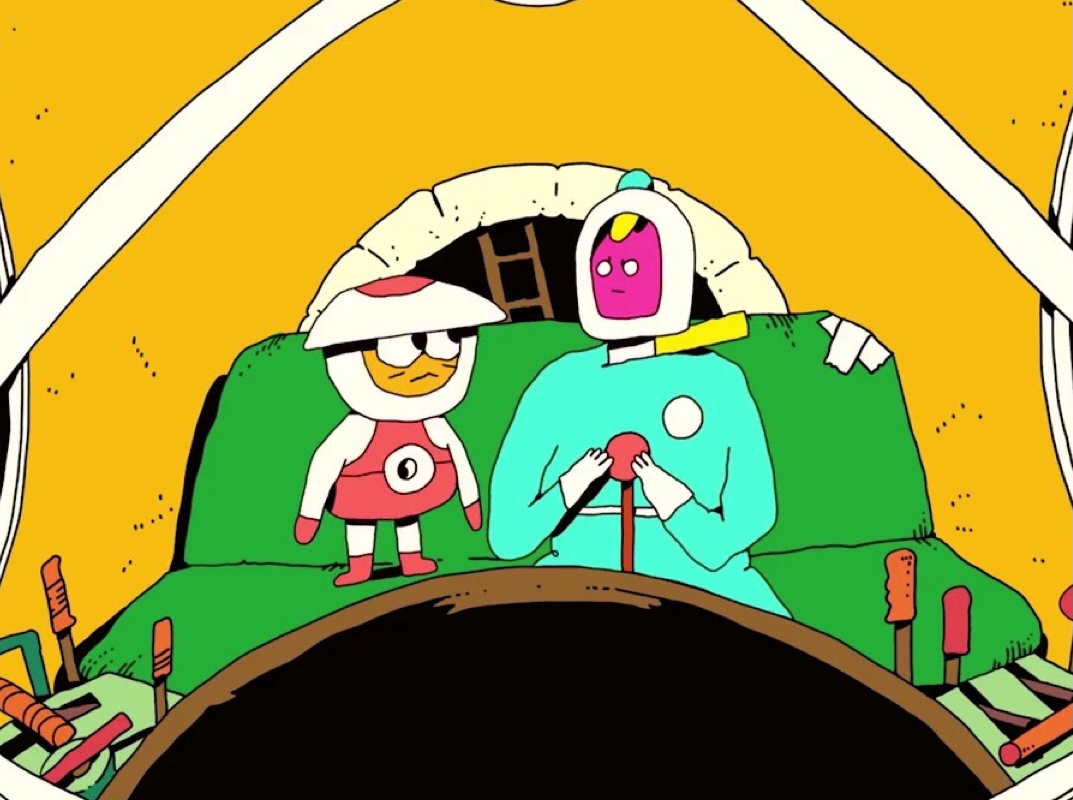Static vs. Dynamic Character: Stability vs. Transformation
Characters are the beating heart of any story, serving as the writer's essential tools for crafting compelling narratives. They drive plots forward, create conflict, and resolve them—all while keeping readers invested in the journey. Writers have many character types at their disposal: protagonists who lead the story, antagonists who provide the opposition, secondary characters who add depth, and specialized types like round characters, flat characters, and foils. Each type serves a specific purpose, working together to create a rich world.But the character types that matter the most in shaping the story are static characters and dynamic characters. Let’s understand who they are.What is a Static Character?A static character definition is pretty straightforward—it's just any character who stays basically the same throughout the story. Unlike other characters who grow or change, static characters don't undergo any meaningful internal or external transformations, even when facing the story's conflicts and challenges.Yes, static characters are immune to the flow of the narrative, be it an ethical dilemma, some sort of conflict, or even the all-mighty time. Static characters never show any transformation. Of course, they grow old, but at the end of the narrative, as a person, they remain just as good or as bad (or as gray) as they were in the beginning. 'The Lord of the Rings: The Fellowship of the Ring' Credit: New Line Cinema This may not seem very encouraging or reasonable in terms of storytelling. What good is a character in a story who refuses to change?Don’t be so hasty in canceling the static characters. They may not transform themselves, but their contribution to transforming the narrative cannot be denied. In storytelling, usually the antagonists, secondary, or tertiary characters are static; however, that’s not a rule. There have been many anomalies.You may have already guessed that dynamic characters must be the opposite of static characters. Yet, let’s define them for clarity.What is a Dynamic Character?A dynamic character definition is simply any character who changes significantly throughout the story, undergoing internal or external transformations as they face and respond to the story's conflicts.We say characters have gone through internal transformations when they change their viewpoints on life, develop new moral standards or beliefs, develop new skills, even lose their moral high ground, or lose their belief in something. They can become more empathetic, kind, and organized, or they can become twisted, evil, and indifferent. The external transformations refer to adopting a different personality type, changing behavioral traits, or changing how they dress. They can go from rich to poor and from ugly to beautiful. 'The Lord of the Rings: The Fellowship of the Ring CREDIT: New Line Cinema The key requirement for a character to be termed dynamic is that they react to their situation and journey, and that their transformation results from the conflicts and challenges they go through within a narrative. While static characters are usually antagonists or secondary characters, dynamic characters are generally the protagonists and the primary characters in a story, but again, there’ve been many anomalies in their case, too.Let’s list the differences between static and dynamic characters for an easy view.Difference Between Static and Dynamic CharactersFeaturesStatic CharactersDynamic CharactersDefinitionCharacters who remain unchangedCharacters who undergo significant changeCharacter GrowthPersonality, beliefs, and motivations remain the sameExperiences personal development, transformation, or a shift in beliefsImpact of Story EventsStory events may affect them, but they don’t change internallyStory events directly influence their personal growthCommon RoleOften a mentor, a secondary character, or an antagonistUsually, the protagonist or a key secondary characterExampleLord VoldemortHarry PotterNarrative PurposeProvides stability, contrast, or reinforcement of themesDrives the theme and the moral of the story through transformationUnderstanding the difference between dynamic and static characters cannot be limited to their basic defining characteristics.We have to dive into the very soul of what characters do.How Do Static and Dynamic Characters Shape a Narrative Differently?Characters influence a story’s theme, conflict, and ultimately, reader engagement in distinct ways. That, of course, is true for each character, but this is also true in the context of static and dynamic characters. Let’s see how they shape a story differently through two famous characters: Harry Potter, a dynamic character, and Lord Voldemort, a static character.Lord Voldemort Provides Consistency and ContrastLord Voldemort is introduced as a vile, cruel, sadistic, and pure evil creature. He is a power-hungry, ruthless villain who wants to be immortal at all costs, and despite multiple


Characters are the beating heart of any story, serving as the writer's essential tools for crafting compelling narratives. They drive plots forward, create conflict, and resolve them—all while keeping readers invested in the journey.
Writers have many character types at their disposal: protagonists who lead the story, antagonists who provide the opposition, secondary characters who add depth, and specialized types like round characters, flat characters, and foils. Each type serves a specific purpose, working together to create a rich world.
But the character types that matter the most in shaping the story are static characters and dynamic characters. Let’s understand who they are.
What is a Static Character?
A static character definition is pretty straightforward—it's just any character who stays basically the same throughout the story. Unlike other characters who grow or change, static characters don't undergo any meaningful internal or external transformations, even when facing the story's conflicts and challenges.
Yes, static characters are immune to the flow of the narrative, be it an ethical dilemma, some sort of conflict, or even the all-mighty time. Static characters never show any transformation. Of course, they grow old, but at the end of the narrative, as a person, they remain just as good or as bad (or as gray) as they were in the beginning.
 'The Lord of the Rings: The Fellowship of the Ring'
Credit: New Line Cinema
'The Lord of the Rings: The Fellowship of the Ring'
Credit: New Line Cinema
This may not seem very encouraging or reasonable in terms of storytelling. What good is a character in a story who refuses to change?
Don’t be so hasty in canceling the static characters. They may not transform themselves, but their contribution to transforming the narrative cannot be denied. In storytelling, usually the antagonists, secondary, or tertiary characters are static; however, that’s not a rule. There have been many anomalies.
You may have already guessed that dynamic characters must be the opposite of static characters. Yet, let’s define them for clarity.
What is a Dynamic Character?
A dynamic character definition is simply any character who changes significantly throughout the story, undergoing internal or external transformations as they face and respond to the story's conflicts.
We say characters have gone through internal transformations when they change their viewpoints on life, develop new moral standards or beliefs, develop new skills, even lose their moral high ground, or lose their belief in something.
They can become more empathetic, kind, and organized, or they can become twisted, evil, and indifferent. The external transformations refer to adopting a different personality type, changing behavioral traits, or changing how they dress. They can go from rich to poor and from ugly to beautiful.
 'The Lord of the Rings: The Fellowship of the Ring
CREDIT: New Line Cinema
'The Lord of the Rings: The Fellowship of the Ring
CREDIT: New Line Cinema
The key requirement for a character to be termed dynamic is that they react to their situation and journey, and that their transformation results from the conflicts and challenges they go through within a narrative.
While static characters are usually antagonists or secondary characters, dynamic characters are generally the protagonists and the primary characters in a story, but again, there’ve been many anomalies in their case, too.
Let’s list the differences between static and dynamic characters for an easy view.
Difference Between Static and Dynamic Characters
| Features | Static Characters | Dynamic Characters |
| Definition | Characters who remain unchanged | Characters who undergo significant change |
| Character Growth | Personality, beliefs, and motivations remain the same | Experiences personal development, transformation, or a shift in beliefs |
| Impact of Story Events | Story events may affect them, but they don’t change internally | Story events directly influence their personal growth |
| Common Role | Often a mentor, a secondary character, or an antagonist | Usually, the protagonist or a key secondary character |
| Example | Lord Voldemort | Harry Potter |
| Narrative Purpose | Provides stability, contrast, or reinforcement of themes | Drives the theme and the moral of the story through transformation |
We have to dive into the very soul of what characters do.
How Do Static and Dynamic Characters Shape a Narrative Differently?
Characters influence a story’s theme, conflict, and ultimately, reader engagement in distinct ways. That, of course, is true for each character, but this is also true in the context of static and dynamic characters.
Let’s see how they shape a story differently through two famous characters: Harry Potter, a dynamic character, and Lord Voldemort, a static character.
Lord Voldemort Provides Consistency and Contrast
Lord Voldemort is introduced as a vile, cruel, sadistic, and pure evil creature. He is a power-hungry, ruthless villain who wants to be immortal at all costs, and despite multiple defeats, his belief that power is everything and love is weakness never wanes.
He remains unchanged from beginning to end, and this lack of growth reinforces his role as an unyielding force of evil, making him a powerful antagonist. His steadfast (or static) nature contrasts with Harry’s dynamic character growth.
It highlights the difference between a person shaped by love and a person consumed by fear and hatred.
 'Harry Potter and the Goblet of Fire'
CREDIT: Warner Bros.
'Harry Potter and the Goblet of Fire'
CREDIT: Warner Bros.
Harry Potter Is the Catalyst for Evolution and Transformation
The Harry who meekly lived under the stairs in an abusive household and the Harry who single-handedly defeated one of the greatest and most powerful evils are virtually two different people.
He shows significant personal growth throughout the series, starting as an uncertain and naive boy unaware of his magical powers and becoming a brave, selfless leader willing to sacrifice himself for the greater good.
His journey is shaped by his experiences—losing loved ones, learning about love and friendship, and confronting his fears. His change embodies the series’ themes of love, courage, and sacrifice.
 'Harry Potter and the Sorcerer's Stone'
Credit: Warner Bros.
'Harry Potter and the Sorcerer's Stone'
Credit: Warner Bros.
How They Shape the Narrative
Voldemort’s inability to change ultimately leads to his downfall, reinforcing the message that love, selflessness, and change are strengths, while arrogance and stagnation lead to destruction.
Harry’s transformation drives the emotional and thematic core of the story, making his victory meaningful. Their contrast adds depth to the narrative and strengthens the impact of Harry’s journey.
Conclusion
Understanding the uniqueness of static and dynamic characters is vital for building a captivating narrative. Static characters offer stability, contrast, and steadfast resistance, while dynamic characters transform, adding emotional and thematic layers to the story.
Both are integral to advancing the plot and conveying the story’s deeper significance.
A thoughtful consideration about which character should evolve and which character should remain unchanged can help writers craft more nuanced narratives. Whether it’s a villain, like Voldemort, whose inability to change seals his fate, or a hero like Harry, whose development shapes his arc, the forceful interplay between these characters amplifies the narrative’s resonance.
Mastering this balance enables writers to create stories that are both impactful and unforgettable.

















